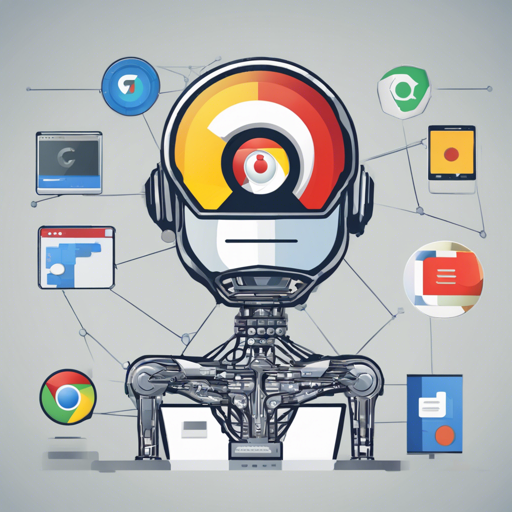Welcome to the exciting world of Chrome-GPT, an innovative AutoGPT agent designed to interact seamlessly with your Chrome browser. This experimental tool allows you to automate tasks within your browser, using cutting-edge technologies like Langchain and Selenium. In this article, we will walk you through how to set it up, use it effectively, and troubleshoot any issues you may encounter along the way!
Getting Started with Chrome-GPT
Before diving into the usage of Chrome-GPT, here’s what you need to prepare:
- Ensure you have Chrome installed on your computer.
- Install Python 3.8 to run the agent.
- Set up Poetry for package management by following the instructions at Poetry Installation Guide.
Setup Chrome-GPT
- Set up your OpenAI API Keys, and add the OPENAI_API_KEY environment variable.
- Install the necessary Python requirements through Poetry by running:
poetry install - Open a Poetry shell using:
poetry shell - Run Chrome-GPT via:
python -m chromegpt
Using Chrome-GPT
Now that you have everything installed and running, here’s how to execute tasks:
- For GPT-3.5 Usage (Default):
- For GPT-4 Usage (Recommended, needs GPT-4 access):
- For Help:
python -m chromegpt -v -t your request
python -m chromegpt -v -a auto-gpt -m gpt-4 -t your request
python -m chromegpt --help
Feature Breakdown
Chrome-GPT boasts various exciting features:
- Google search capabilities
- Long-term and short-term memory management
- Chrome actions like scrolling, clicking, and form input
- Supports multiple agent types: Zero-shot, BabyAGI, and Auto-GPT
- (In Progress) Chrome plugin support
Known Limitations
While Chrome-GPT is powerful, it does have some limitations:
- Limited web crawling features — some buttons and input fields may fail to appear.
- Slow response times; actions may take between 1-10 seconds to execute.
- In some cases, Langchain agents might struggle to parse GPT outputs. If this occurs, specify a different agent by running:
python -m chromegpt -a auto-gpt -v -t your request
Troubleshooting Tips
If you encounter issues while using Chrome-GPT, consider the following troubleshooting tips:
- Double-check your API key and make sure it’s correctly set up.
- Verify that all dependencies have been correctly installed via Poetry.
- Make sure your Chrome browser is updated to the latest version.
- If the agent does not respond as expected, try restarting the terminal session or your computer.
- Consult the Langchain discussion if you run into parsing issues.
For more insights, updates, or to collaborate on AI development projects, stay connected with fxis.ai.
Conclusion
Chrome-GPT opens new doors in automated web browsing, allowing users to harness the power of AI in innovative ways. Remember to test it cautiously as it’s still experimental and might lead to unintended outcomes.
At fxis.ai, we believe that such advancements are crucial for the future of AI, as they enable more comprehensive and effective solutions. Our team is continually exploring new methodologies to push the envelope in artificial intelligence, ensuring that our clients benefit from the latest technological innovations.

